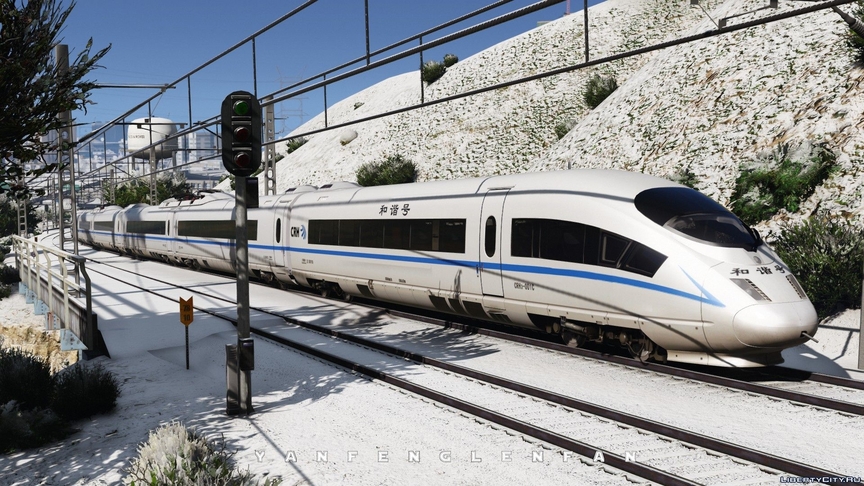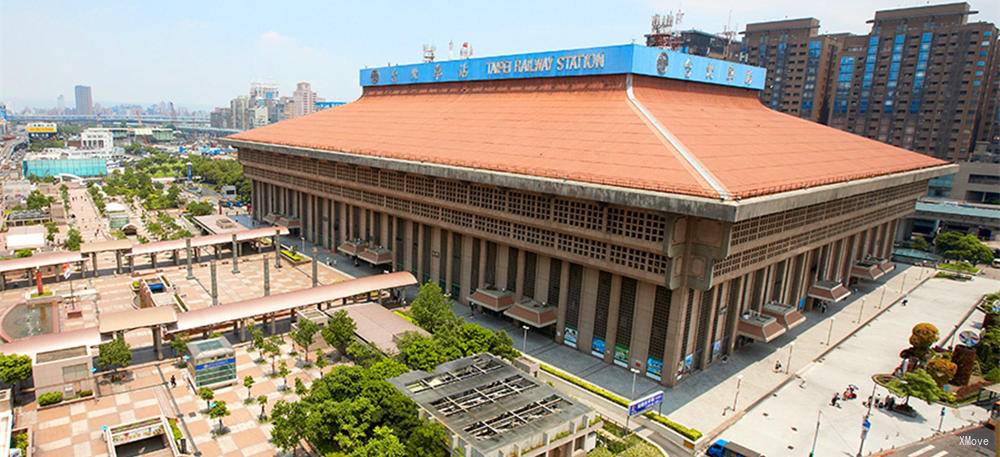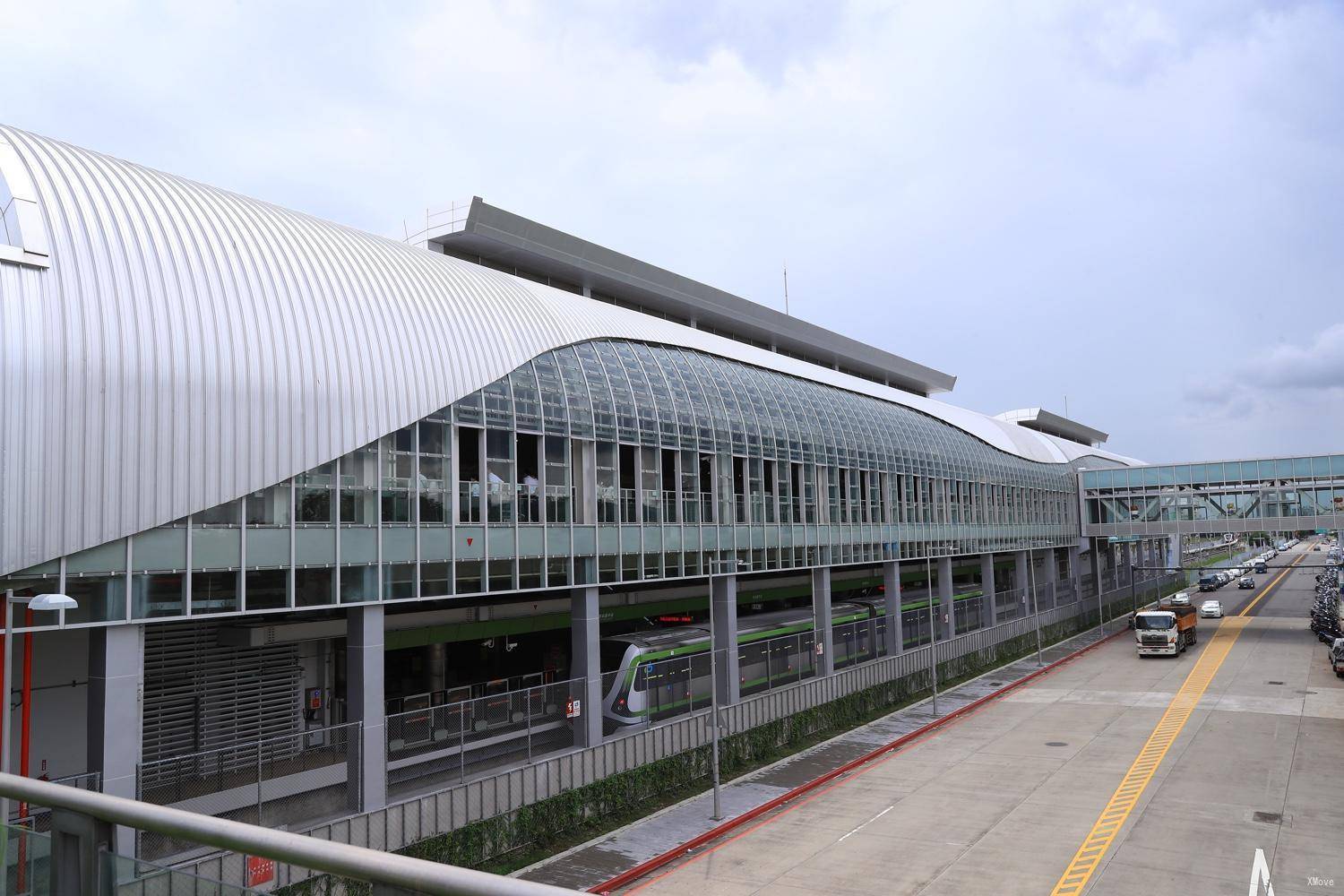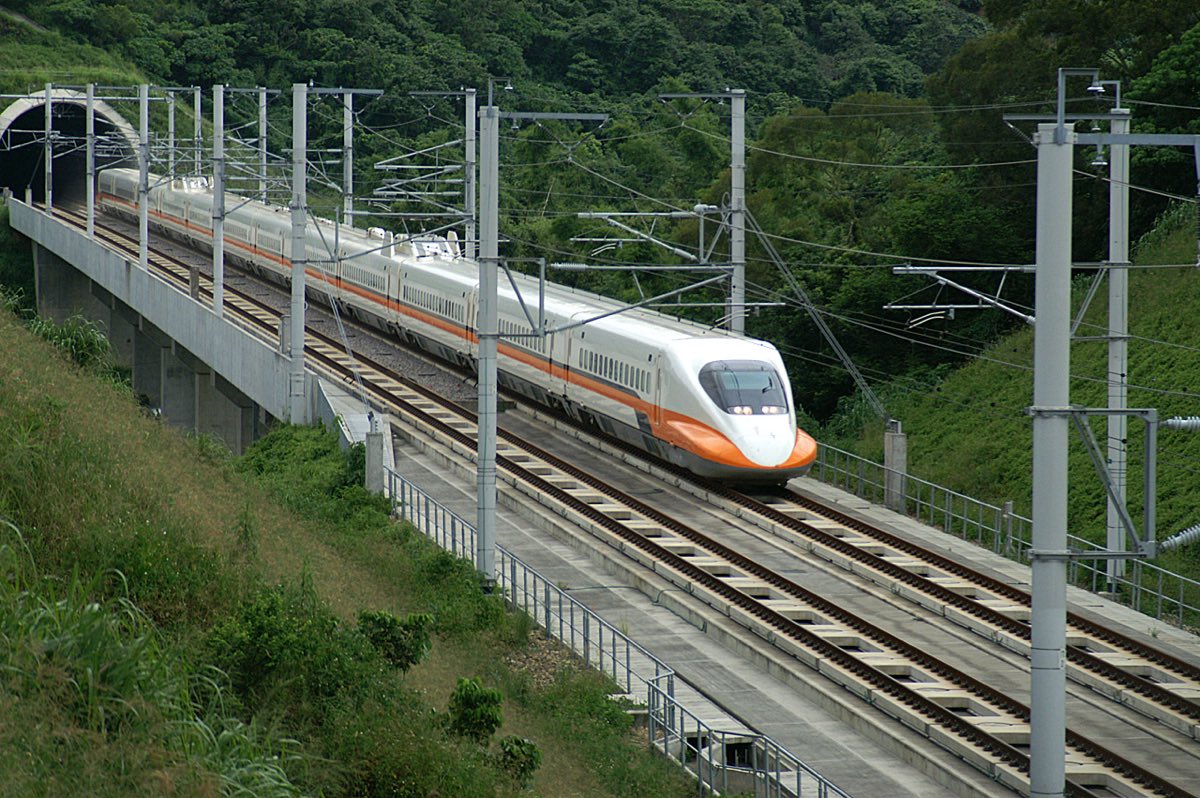Ultimate Guide to China Railway

Ultimate Guide to China Railway
At the end of 2015, China's railway operating mileage reached 120,000 kilometers, second only to the United States, and the high-speed railway mileage was 19,000 kilometers, exceeding the total mileage of other countries in the world. Cheap and trustworthy railway passenger transportation is one of the most important modes of transportation when traveling within China.
Railway travel can experience the beauty of nature and human engineering wisdom at the same time. Whether you like to travel slowly on the railway, enjoy the slow retreat of the mountains and villages outside the window, or you like the beauty of machinery, you like to use the camera to freeze bridges, tunnels, exhibition lines, locomotives, water signs, visit unknown stations, collect tra...







